Victorian Knitting and Crochet Facts – How Many Do You Know?
Victorian Knitting and Crochet facts are totally fascinating! From lace trimmed collars to delicate home decor, Victorians loved making crocheted and knitted decorations. And can you guess which monarch was the inspiration behind the popularity of our beloved craft?
My interest in Victorian era knitting and crochet started with a recent trip to the Biltmore Estate. Although I’ve visited several times before, this day I went with a different set of eyes. I was on the hunt for crocheted and knitted items and I’m happy to report that I found some (in the laundry area of all places).
That trip sent me on a rabbit trail of discovery. I knew that women had been crocheting and knitting for a long time, but what I didn’t realize was that most of its popularity as a hobby came from a former monarch.
But that wasn’t all I learned. You’ll find all the weird and wonderful information I discovered about Victorian knitting and crochet below and I hope you find it just as strange and surprising as I did.
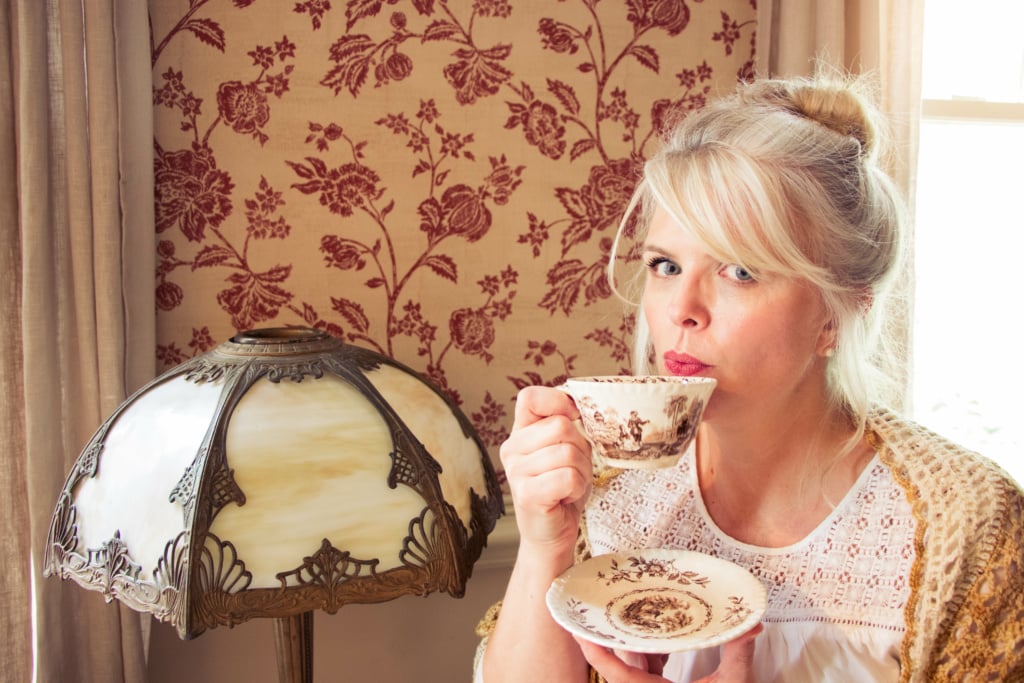
This post contains affiliate links and at no cost to you I may earn a teeny tiny commission if you choose to purchase them. Please know that I only recommend products I use and love! Thank you for supporting Le Petit Saint Crochet! You can read my full (and slightly boring) full disclosure here.
Victorian Inspired Crochet Shawl
If you’re looking for a Victorian inspired crochet shawl, you will love this beautiful pattern from the book Delicious Crochet Shawls by Lisa Cook.
My wonderful British friend Helen, from Flora Honeypot sent it to me as a gift last Christmas. She noted that it is quite an easy pattern to follow, but it sure doesn’t look like it.
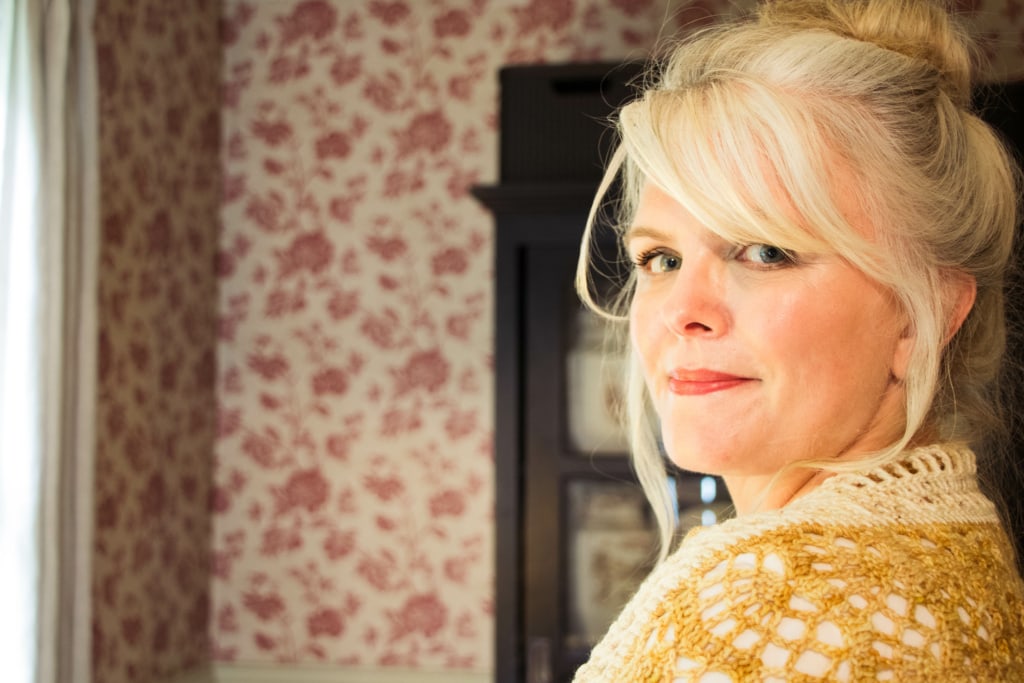
Check out all the gorgeous shawl patterns here: Delicious Crochet Shawls
More books about Victorian era knitting and crochet:
Victorian Era
The Victorian era is defined as the time in which Queen Victoria ruled the empire of Great Britain from 1837 – 1901. It was a period of great innovation and change around the western world.
While the Industrial Revolution was rapidly changing the outside culture, the importance of home and family were central to Victorian family life.
With the rise in mass produced (cheaper) goods, home decor and personal style were more accessible even to those outside of the upper echelon of society. And because of that, they stuffed every nook and cranny of their home with decoration.
Watch the Video!
“Of course, the finishing touch in any Victorian home was the decor itself. Just about every surface, from furniture to fireplace mantles, tended to be covered with decorative objects. Windows had beautiful, fabric drapes, couches were covered in delicately embroidered cushions, and doilies and vases were on every flat surface.”
—Ron Nathan Interiors





But crocheted and knitted items didn’t stop with home decor. Victorians also loved draping themselves in crocheted and knitted lace.
Victorian women wore lace trim on their clothing, on their collars, as shawls, head coverings, and boot coverings just to name a few.
Lace wasn’t just a stylish accessory, it also served as bragging rights for the maker. The more intricate the lace, the more skilled the knitter, crocheter or traditional lacemaker.






Crochet Comes of Age in the Victorian Era
Next, read more about the History of the Humble Granny Square here.
Queen Victoria Was a Terrible Knitter
Before the Victorian era, knitting was purely practical and utilitarian. Women knit to keep their families clothed and warm, but it was mostly in the lower classes. The women from the upper classes did not knit at all, there was no need to, that is until Queen Victoria. She loved to knit, but was not known as an especially skilled stitcher. She also loved to crochet, which had not become popular until about two decades earlier.



“There’s a story told that on one occasion, Victoria was visiting a Scottish household near Balmoral Castle and presented her hostess with a pair of socks that she had knitted herself. There was an elderly woman also present who was hard of hearing and hadn’t grasped the visitor’s identity, and who loudly remarked, ‘If her man gets no better made socks than that, I pity him.’ Fortunately, Her Majesty was amused.”
— The Knitting Needle and the Damage Done
Queen Victoria even crocheted scarves for eight of her soldiers serving in the Boer War. The scarves were simple in design, but clearly well made as one has survived to this day.


Queen Victoria’s Royal Example
Victorians Covered Everything with Crochet & Knitting
In Knitting in Victorian Times by Interweave
“Moving forward to Victorian times, crochet patterns became available for flower pot holders, bird cage covers, baskets for visiting cards, lamp mats and shades, wastepaper baskets, tablecloths, antimacassars (or “antis,” covers to protect chair backs from the hair oil worn by the men in the mid- 1800s), tobacco pouches, purses, men’s caps and waistcoats, even a rug with footwarmers to be placed under the card table for card players.
— Crochet Guild of America
Victorians covered everything with crocheted and knitted lace. They wore it and they decorated with it. You could find crocheted lace collars on every fashionable woman of the era.
Stylish homes were dripping in intricate handmade lacework.




The Industrialization Popularized Victorian Knitting & Crochet
The Industrial Revolution was instrumental in making knitting and crochet popular during the Victorian era.
Although the printing press had been invented hundreds of years before the Victorian era, books were finally being widely and cheaply published during this time. Women had access to professionally printed knitting and crochet patterns.
Check out these Victorian knitting and crochet patterns here
The standardization of knitting needle and crochet hook sizes also contributed to the popularity of of the crafts. It made crocheting and knitting patterns much simpler when you actually knew what size hooks and needles you needed.



Crocheting Saved Many Irish Families from Starvation
During the Potato Famine in Victorian Era Ireland, many families relied on crocheting lace to make money for their survival.
“Irish workers – men as well as women and children – were organized into crochet cooperatives. Schools were formed to teach the skill and teachers were trained and sent all over Ireland, where the workers were soon creating new patterns of their own. And, although more than a million died in less than 10 years, the Irish people survived the famine. Families relied on their earnings from crochet, which gave them the chance to save up enough to emigrate and start a new life abroad, taking their crochet skills with them.”
–Crochet Guild of America




The fashion of the elite classes included a lot of crocheted lace collars and hems. This style was actually made popular by Queen Victoria. She purchased Irish crocheted lace, which at the time was viewed as inferior to traditional means of making lace, in an effort to help the country during the awful famine.

Victorian Knitting and Crochet Patterns Were Horrible
By today’s standards Victorian knitting and crochet patterns were severely lacking in instruction. You would typically be given little, if any, information about what size needles/hooks to use or the weight of yarn.
And if you wanted information about gauge, you were out of luck, sister.
Check out all the Victorian knitting patterns at: Antique Pattern Library
Thankfully there’s been a resurgence of interest in Victorian era knitting and crochet patterns. There are now modern translations of these historic patterns and I even found a video for how to interpret them for yourself.
Check out the video: Getting Started in Historical Knitting || A Guide for Absolute Beginners to Advanced Knitters
In the above video you will find lots of great information about how to find these translations and great advice about which knitting patterns to start with.
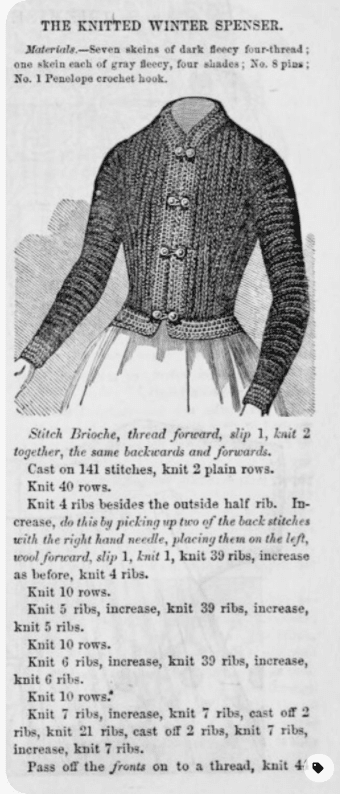







Victorian Knitting and Crochet
I hope you enjoyed these fascinating facts about Victorian knitting and crochet. How many of them did you already know? Do you have any interesting information about the Victorian period and their crafting?
Finally, thank you so very much for spending a little time here on the Le Petit Saint Crochet blog.
Happy Stitching!
Pin for Later!



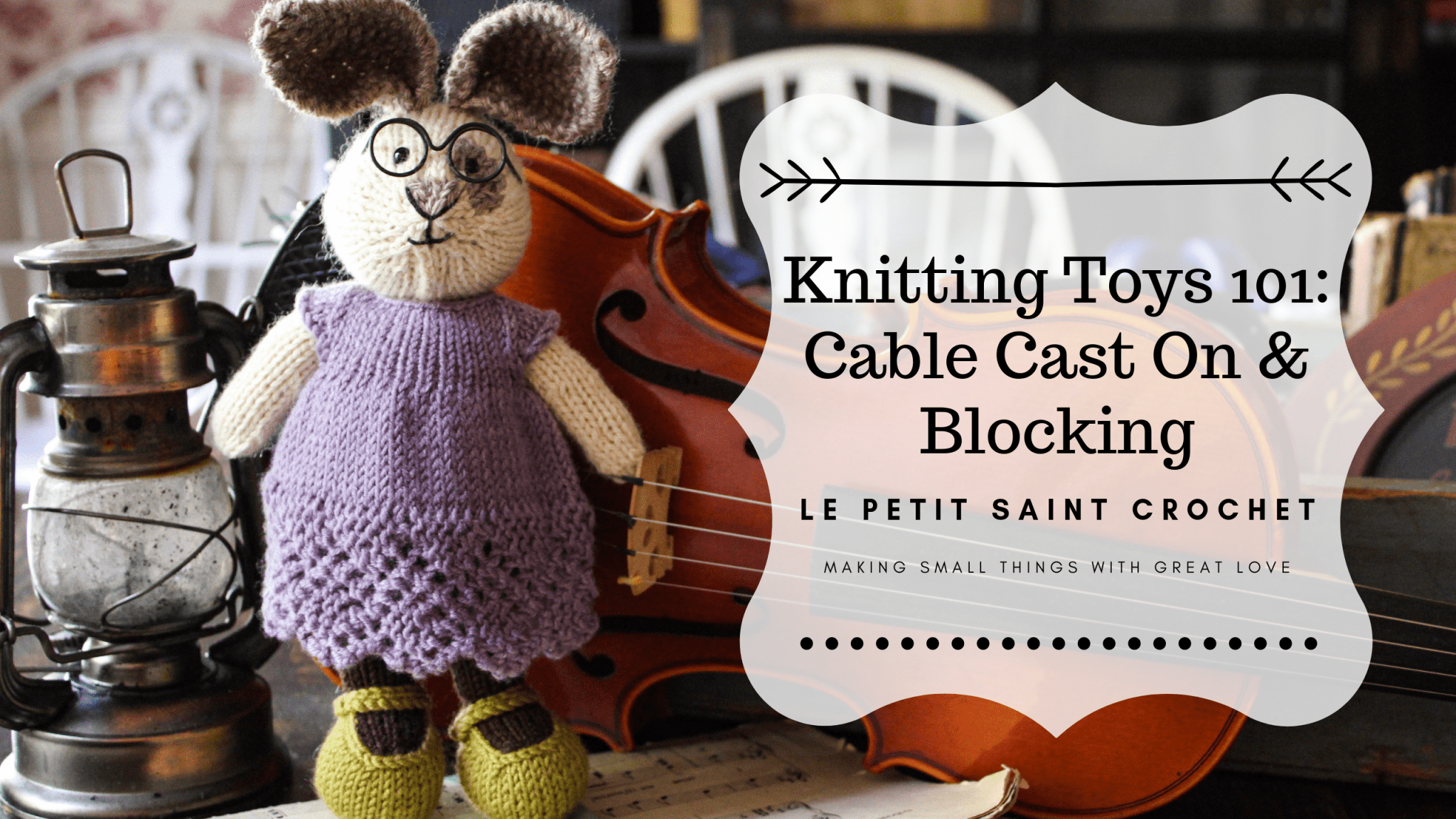

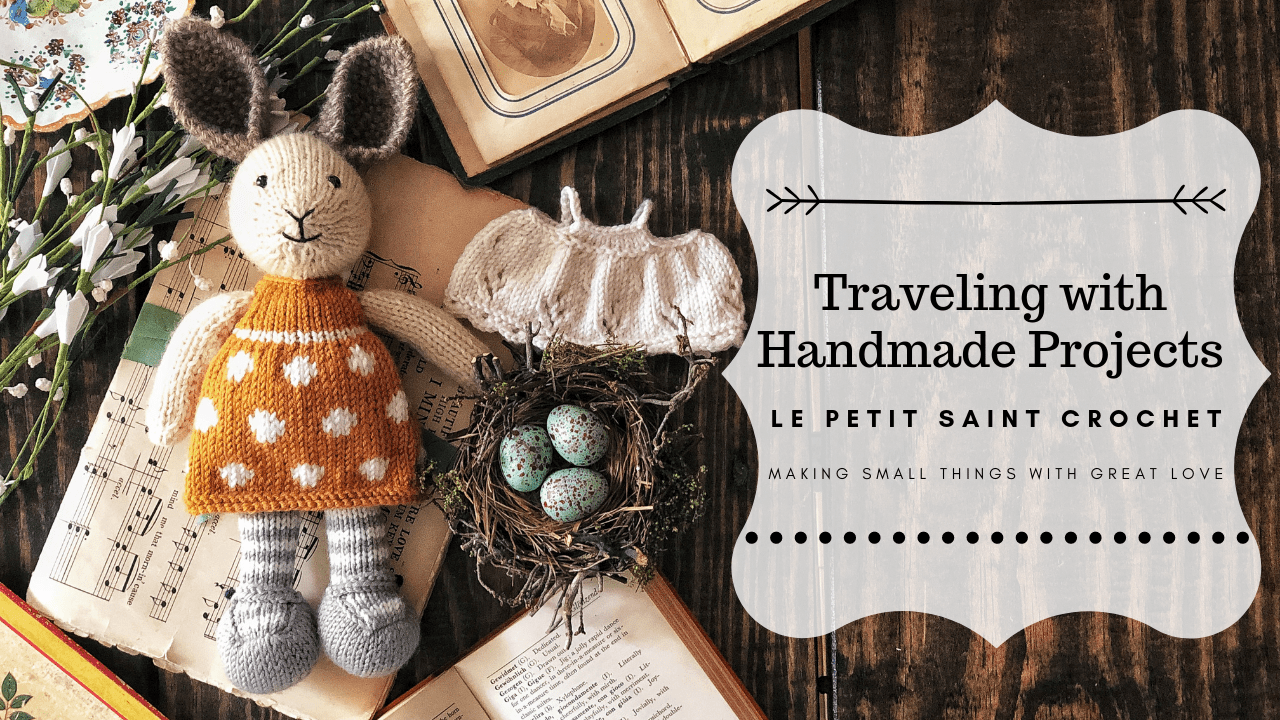
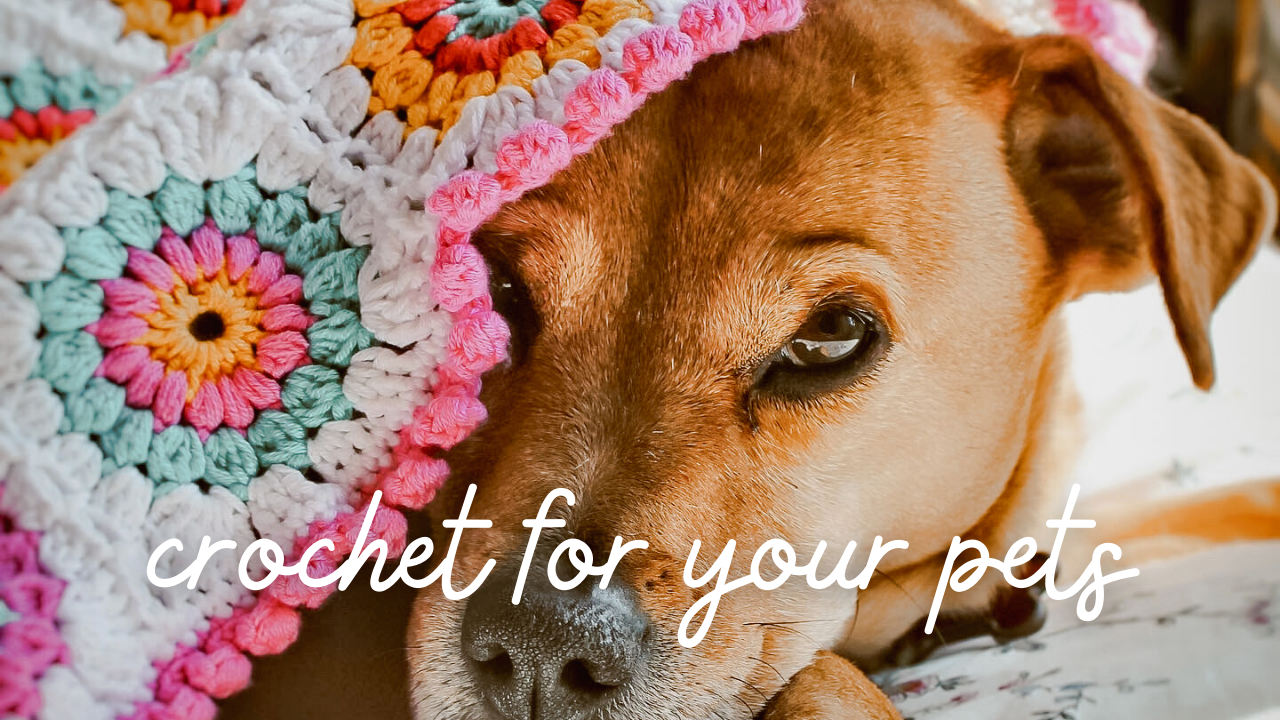
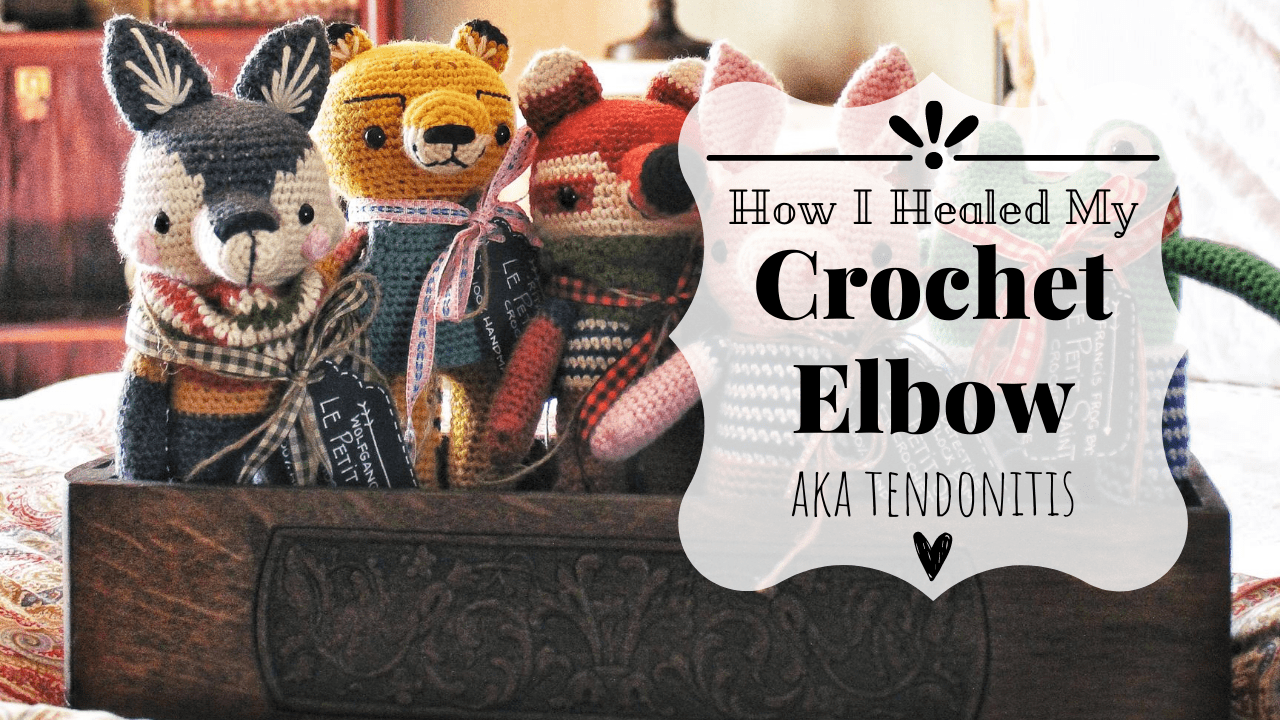
Wonderful video, Elise!!!!! I love old photos, and I really like the fashion of the victorian Era, whether it’s clothing or furniture, or houses. Thank you for presenting this!
I’m so glad you enjoyed it! I had a lot of fun doing the research and of course visiting the Biltmore! â¤ï¸â¤ï¸â¤ï¸
I have a handful of crochet publications from the early 1900’s. Filet crochet was very popular. I also have a collection of Victorian handkerchief too. The needlework and tatting is exquisite on some.